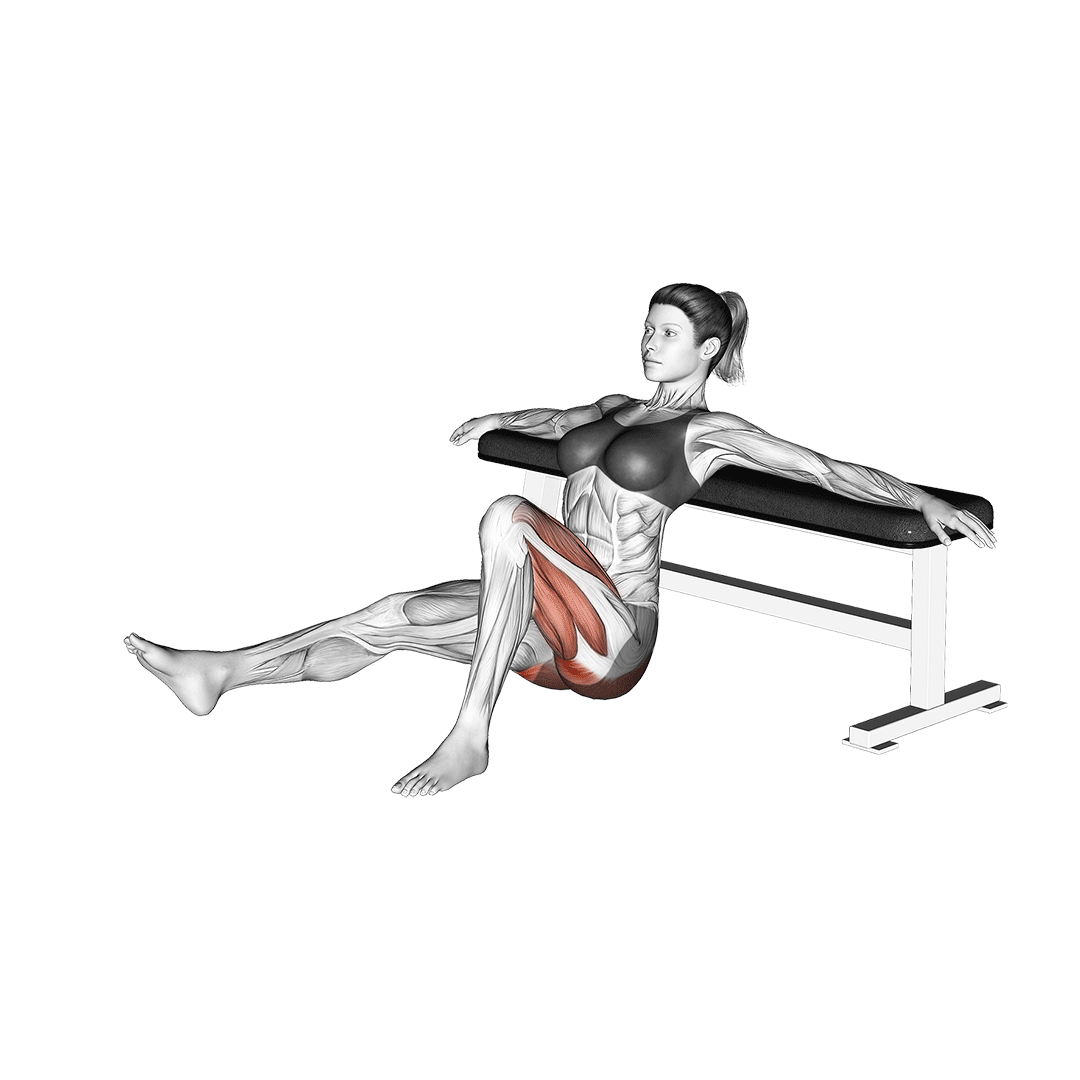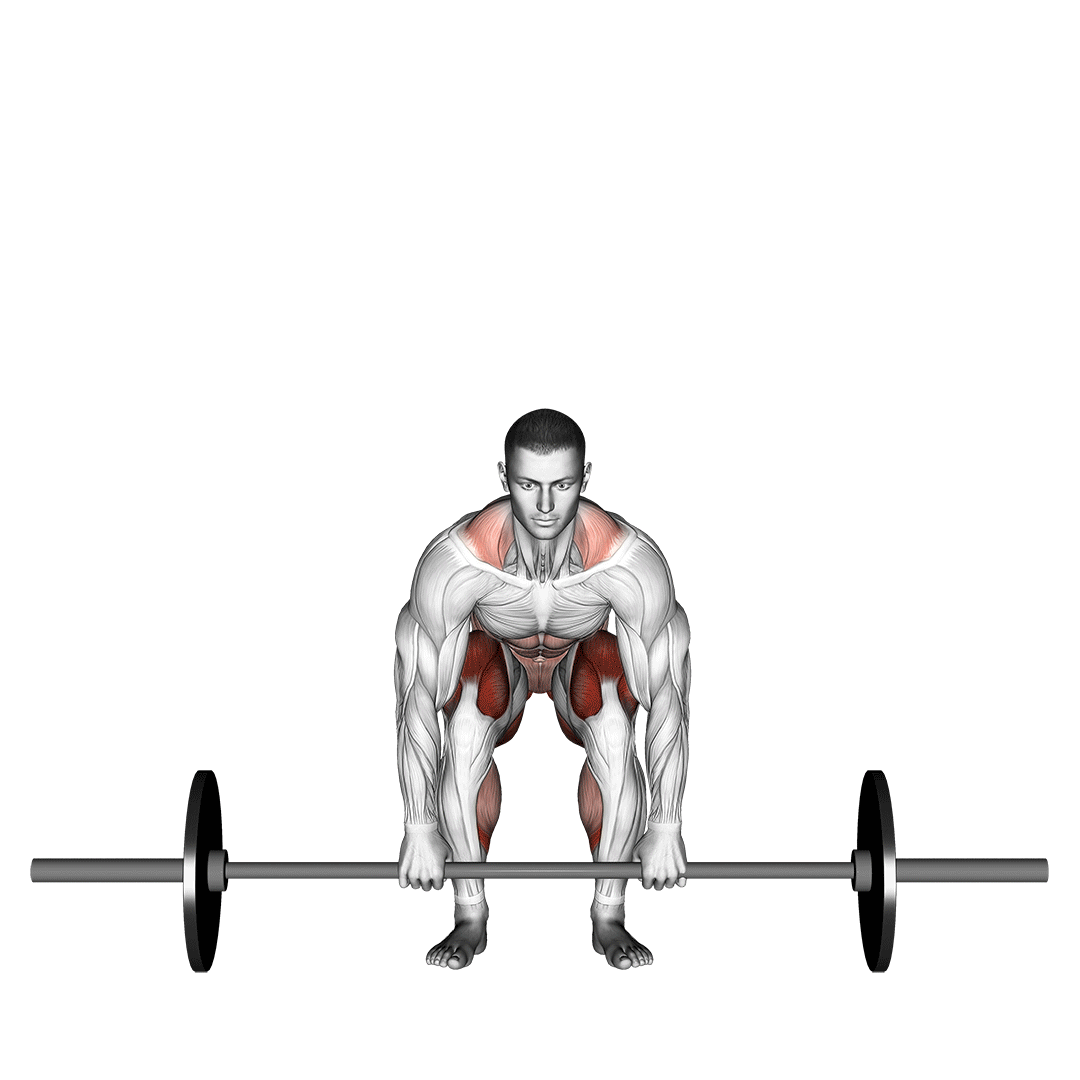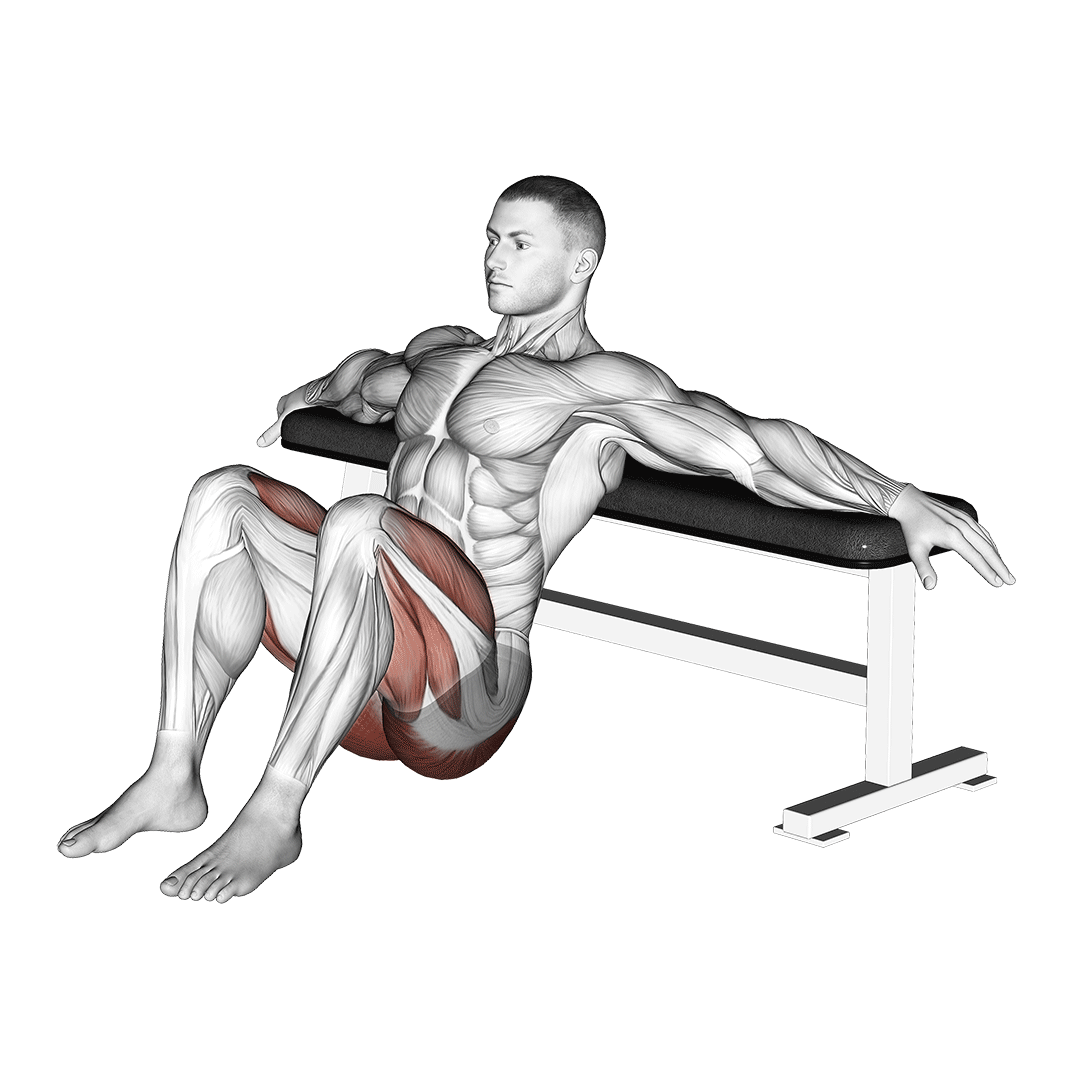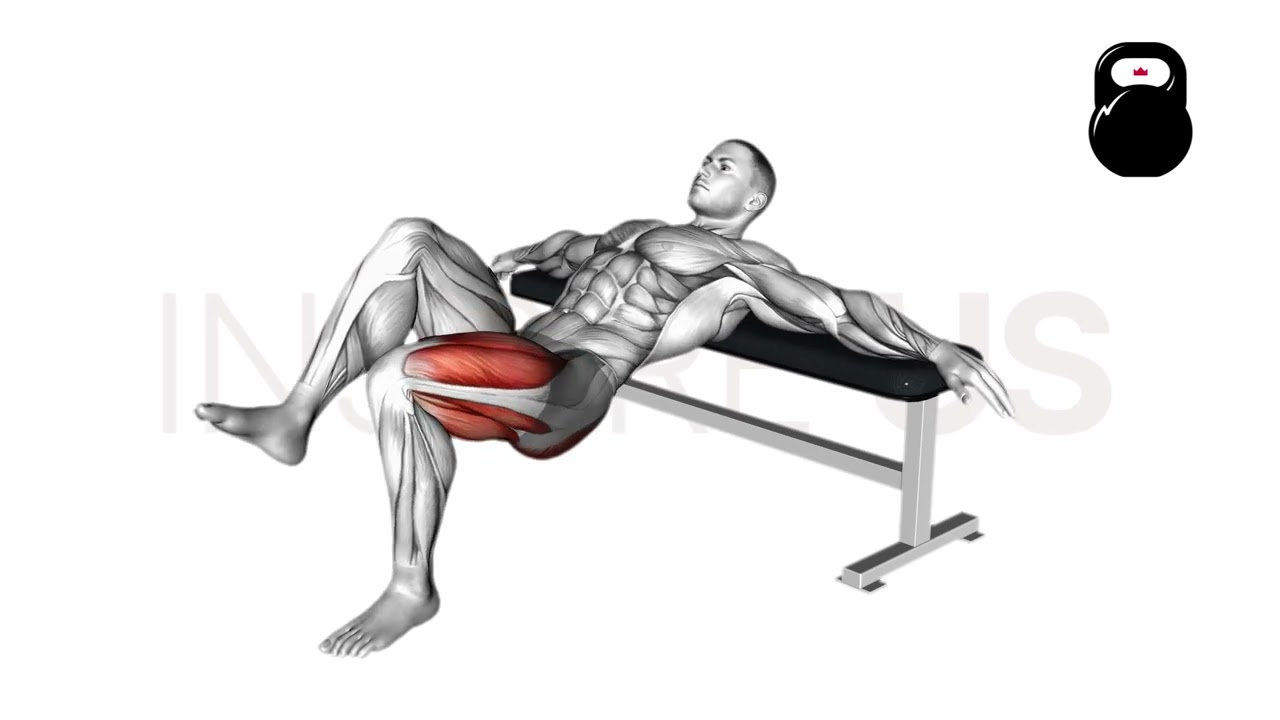What are the Benefits of Doing Single Leg Hip Thrusts?
The primary benefits of the single leg hip thrust include:
- Builds Strength, Mass and Stability in the Posterior Chain
- Reinforces Hip Extension and Knee Flexion
- Carryover to Similar Hip-Focused Exercises Like Deadlifts, Squats and Glute Bridges
- Develops Unilateral Balance and Bodily Coordination
- Allows for Training Progression From Conventional Hip Thrusts Without Additional Weight
Benefits of Single Leg Hip Thrusts
Builds Strength, Mass and Stability in the Posterior Chain
The main benefit of performing single leg hip thrusts is its targeted development of the glute and hamstring muscles of the lower posterior chain.

With a full range of motion, an emphasis on progression and proper programming, the single leg hip thrust will develop such muscles not only in size, but also in both dynamic and isometric strength as well.
Reinforces Hip Extension and Knee Flexion
Because hip thrusts strengthen the glutes and hamstrings through a full range of motion, their ensuing biomechanical actions will also be directly improved as well.
Single leg hip thrusts primarily reinforce extension of the hips through gluteal contraction, but will also improve the stability and mobility of the performer’s knee flexion as an added bonus.
Of course, as is the case with other forms of resistance training, this benefit is achieved through improvements in both neurology and that of soft tissue.
Many novice exercisers have difficulty consciously contracting their gluteal muscles, regardless of tendon flexibility or gluteal strength.
Owing to its rather isolated movement pattern, the single leg hip thrust is also excellent for teaching conscious glute muscle contraction to extend the hips.
Carryover to Similar Hip-Focused Exercises Like Deadlifts, Squats and Glute Bridges
With stronger posterior chain muscles, exercises involving a similar movement pattern will indirectly be improved by performance of the single leg hip thrust.
Apart from being able to perform said exercises to a greater intensity, the exerciser will also be able to reduce any risk of injuries that may occur as a result of instability, poor mobility or poor execution of biomechanics like hip extension and knee flexion.

What’s more - single leg hip thrusts’ capacity to develop the performer’s sense of balance and coordination also enhances their performance in general athletic activity, regardless of whether the movement patterns are similar or not.
Develops Unilateral Balance and Bodily Coordination
A benefit of performing most one-sided exercises - the greater instability and general unilateral movement pattern of the single leg hip thrust improves the exerciser’s capacity to remain stable, even with only one leg.
This particular form of development comes as a secondary effect of improved posterior chain isometric strength and familiarity with balancing on one leg.
If wishing to truly maximize the more balance-focused aspect of single leg hip thrusts, exercisers can try swapping out the bench for a more unstable surface, such as a stability ball or a bosu ball.
Allows for Training Progression From Conventional Hip Thrusts Without Additional Weight
Athletes that strictly make use of bodyweight resistance alone can occasionally run into trouble when reaching the more advanced stages of conditioning.

Conventional exercises like the push-up or bodyweight squat may no longer be a challenge, requiring them to perform excessive and strenuous repetition volumes to reach any level of training intensity.
Bodyweight hip thrusts are no different in this regard, especially considering their relatively low loading capacity.
Fortunately, the single leg hip thrust acts as the perfect progression from conventional unloaded hip thrusts, quite literally doubling the load on each side by subtracting half of the original force output. This is otherwise known as an “exercise progression”, and is used in lieu of adding more weight or increasing total volume.
References
1. Palmer, Jac & Needham, Laurie & Brazil, Adam & Bezodis, Ian. (2020). COMPARISON OF THE BILATERAL AND UNILATERAL BARBELL HIP THRUST.
2. Neto WK, Vieira TL, Gama EF. Barbell Hip Thrust, Muscular Activation and Performance: A Systematic Review. J Sports Sci Med. 2019 Jun 1;18(2):198-206. PMID: 31191088; PMCID: PMC6544005.

